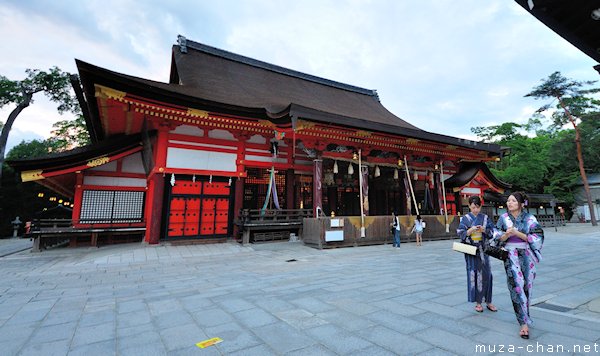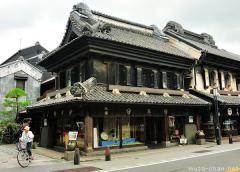The extremely popular Japanese yukata has its origins during the Heian Period, when the nobles used to take steam baths dressed in a cotton robe, to avoid direct contact with the hot steam. This robe was called yukatabira, from yu ("bath") and katabira ("under clothing"). Later, after the appearance of the public baths, people started wearing yukata outside of the bath too, on their way home…
Today there’s a clear distinction between the robes worn inside the house, as bath robes or as pajamas. Called nemaki, they are usually white with small geometric or floral model prints (the most popular print color is indigo), with simple, narrow sleeves and are worn with a narrow belt - that’s the kind of robe usually provided by Japanese hotels.
The exterior robe, yukata, are often vividly colored with floral motifs for women and dark colored with geometric patterns for men, have wide sleeves and are worn with a wide belt (obi).
EXIF Info:
|
Yesterday’s Japan Photo:Edoguro black walls |



